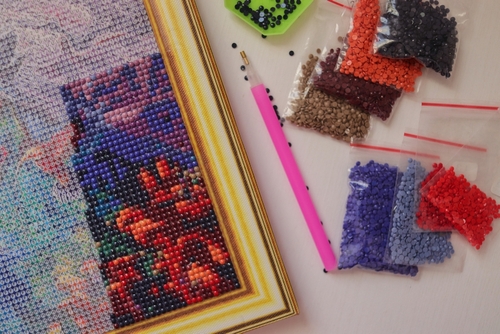What Is The Best Adhesive For Gluing Acrylic?
April 8, 2024 9:26 pm Leave your thoughtsAcrylic is a versatile material that is commonly used for a variety of projects, from building displays to creating artwork. However, when it comes to gluing acrylic together, finding the right adhesive can be a challenge. The best adhesive for gluing acrylic will depend on factors such as the type of acrylic you are working with, the strength of the bond required, and the conditions in which the finished product will be used. In this blog post, we will explore some of the most popular adhesives for gluing acrylic and discuss their strengths and weaknesses.
1. Cyanoacrylate Adhesives (Super Glue)
Cyanoacrylate adhesives, commonly known as super glue, are a popular choice for gluing acrylic because of their quick drying time and strong bond. These adhesives work by bonding the surface of the acrylic together through a chemical reaction that causes the molecules to cross-link and form a strong bond. Super glue is easy to use and can be applied in small amounts to the edges of acrylic pieces before being pressed together.
However, while super glue is a strong adhesive, it may not be the best choice for all acrylic projects. Super glue can be brittle and may not provide the flexibility needed for some applications. Additionally, super glue can leave a white residue on the surface of the acrylic, which may be undesirable in some projects.
2. Acrylic Cement
Acrylic cement is specifically designed for gluing acrylic together and is a popular choice for bonding acrylic sheets and pieces. Acrylic cement works by chemically melting the surface of the acrylic and fusing the pieces together as it dries. This creates a strong bond that is nearly invisible, making acrylic cement a great choice for projects where aesthetics are important.
One of the major benefits of using acrylic cement is its ability to create a seamless bond between acrylic pieces. Unlike other adhesives that leave a visible seam, acrylic cement creates a bond that is nearly invisible, making it ideal for projects where the appearance of the acrylic is important. Additionally, acrylic cement is a strong adhesive that can withstand a fair amount of stress and pressure.
3. Epoxy Adhesives
Epoxy adhesives are a popular choice for gluing acrylic because of their strength and versatility. Epoxy adhesives consist of two components – a resin and a hardener – that must be mixed together before being applied to the acrylic. Epoxy adhesives bond to the surface of the acrylic and harden to create a strong, durable bond.
One of the main advantages of using epoxy adhesives is their strength. Epoxy adhesives create a bond that is resistant to high temperatures, chemicals, and moisture, making them ideal for projects that will be exposed to harsh conditions. Additionally, epoxy adhesives can be used to bond a variety of materials, making them versatile for different applications.
4. UV-curing Adhesives
UV-curing adhesives are a popular choice for gluing acrylic because of their fast curing time and strong bond. UV-curing adhesives are applied to the surface of the acrylic and are exposed to ultraviolet light, which causes them to harden and create a strong bond. UV-curing adhesives are often used for projects that require a quick turnaround time or projects where clamping or pressure is not possible.
One of the main advantages of using UV-curing adhesives is their fast curing time. UV-curing adhesives can bond acrylic pieces in a matter of seconds, making them ideal for projects that require a quick turnaround time. Additionally, UV-curing adhesives create a strong bond that is resistant to high temperatures and chemicals, making them ideal for projects that will be exposed to harsh conditions.
Summary
The best adhesive for gluing acrylic will depend on the specific requirements of your project. Super glue, acrylic cement, epoxy adhesives, and UV-curing adhesives are all popular choices for bonding acrylic, each with its own strengths and weaknesses. When choosing an adhesive for your acrylic project, consider factors such as the strength of the bond required, the conditions in which the finished product will be used, and the appearance of the bond. By selecting the right adhesive for your acrylic project, you can ensure a strong, durable bond that will stand the test of time.
Need a Plastic Fabrication Company in Orem, UT?
Categorised in: Acrylic Gluing
This post was written by admin

